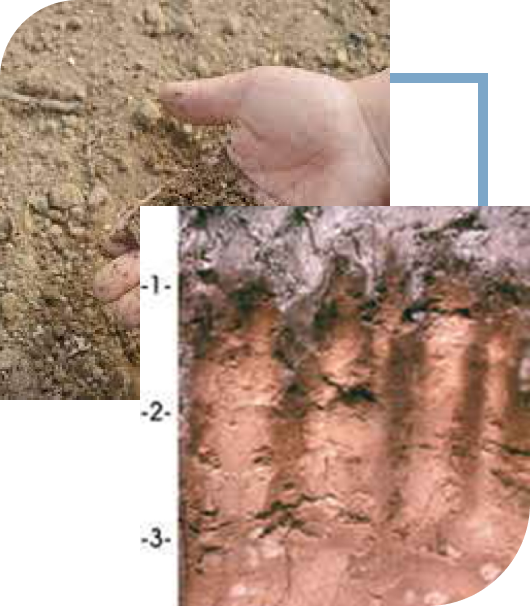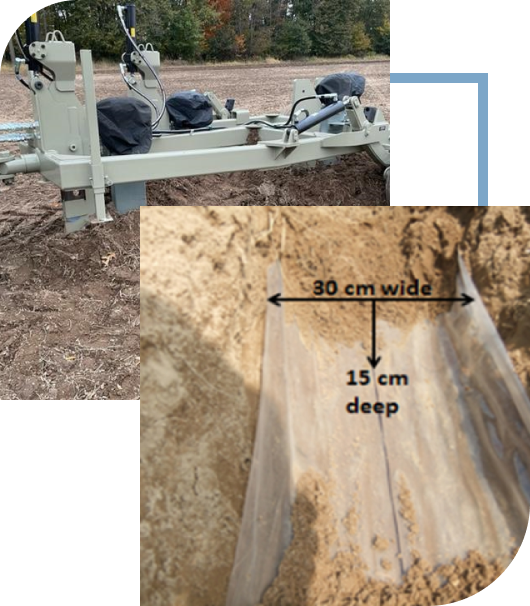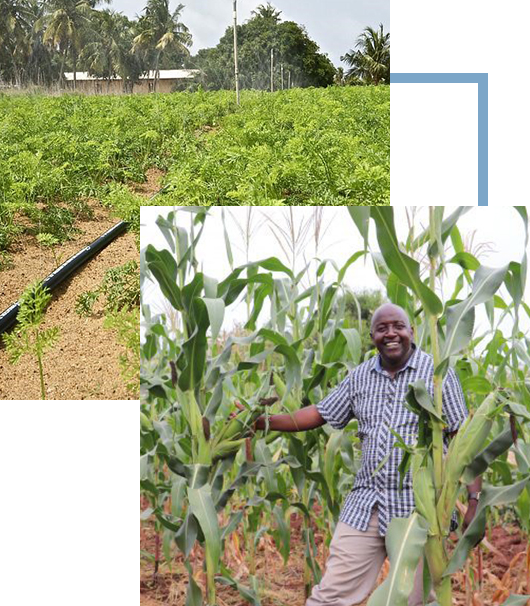SWRT For Farmers

SWRT Process for Farmers
Sandy soils present a unique challenge to raising optimum/maximum crops. The inherent inability of sandy cropland to retain moisture and mobile crop nutrients in the root zone reduces crop potential and requires more frequent irrigation and fertilizer applications and especially generous rainfall events throughout the growing season for dryland farmers.
SWRT Process for Farmers
SWRT subsurface membranes drastically increase the amount of moisture that can be detained/retained in the soil profile for the benefit of crops. It also keeps much more of mobile crop nutrients from leaching out of the root zone and being lost to production, possibly even becoming a pollutant to ground or surface waters.


SWRT Process for Farmers
Once SWRT membranes are installed, more biomass will be produced which will raise organic matter content of sandy soils allowing them to retain even more moisture and nutrients on their own. Long-lived membranes, in excess of 50 years in the soil, require virtually no maintenance, parts or repairs and function 24-7-365 for your crop allowing plants to invest less energy in continually making roots and dedicate more photosynthate energy to the production of above ground growth and crop, so more shoots with less roots.

Assessment for 10 crops in the U.S. shows an ROI ranging from less than 2 years to about 9 years depending on the crops grown, with an average for these 10 crops of 4 years. Areas which have the ability to double crop would be proportionately less.
Assessment for 10 crops in the U.S. shows an ROI ranging from less than 2 years to about 9 years depending on the crops grown, with an average for these 10 crops of 4 years. Areas which have the ability to double crop would be proportionately less.
